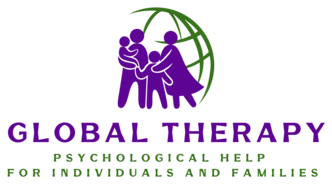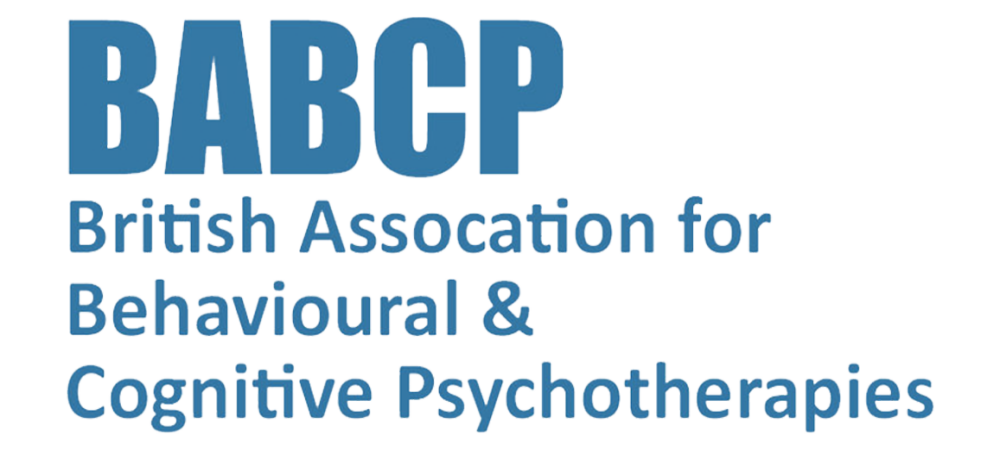
posted 4th June 2025

BEHAVIORAL DISORDERS
Behavioral disorders often cause marked behavioral changes that negatively impact relationships and the social functioning of those experiencing them.
Behavioral disorders come in many shapes and sizes, each with its unique set of challenges.
Let’s take a closer look at some of the most common types across different age groups.
In children, attention-deficit/hyperactivity disorder (ADHD) often takes center stage. Kids with ADHD might seem like they’re powered by an endless supply of energy, bouncing from one activity to another without completing tasks. They might struggle to sit still in class, blurt out answers before questions are finished, or have difficulty waiting their turn.
Another common childhood behavioral disorder is oppositional defiant disorder (ODD).
Children with ODD frequently display angry and irritable moods, argumentative and defiant behavior, and vindictiveness. It’s like they’re constantly ready for a fight, even when there’s no real reason for conflict.
Conduct disorder (CD) is a more severe condition where children repeatedly violate the rights of others or major age-appropriate societal norms. This might involve aggressive behavior towards people or animals, destruction of property, deceitfulness or theft, and serious rule violations.
But behavioral disorders aren’t just a childhood phenomenon. Adults can grapple with these challenges too. Adult ADHD, for instance, can manifest as difficulty with time management, disorganization, and impulsivity in personal and professional settings.
Antisocial personality disorder is another behavioral condition that typically emerges in adulthood. Individuals with this disorder may disregard social norms, repeatedly perform unlawful acts, be deceitful for personal gain, and show a lack of remorse for their actions.
Often, for a diagnosis of one of these mental health conditions to be made, symptoms may have lasted for six months or longer and caused problems in school, at home, in social situations, or at work.
The behavioral disorders may have similar characteristics, such as aggression, impulsivity, disruption, and onset at a young age. However, each is unique and has different treatments.















